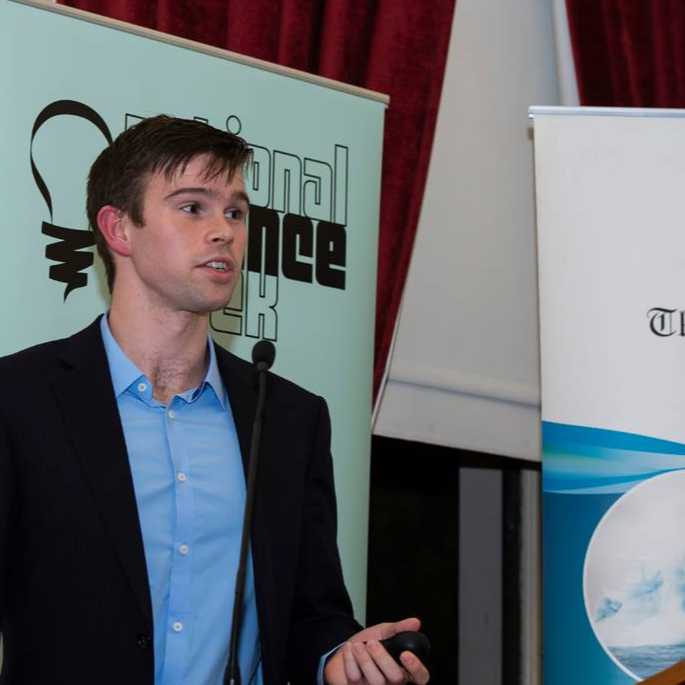Dec 19, 2024
Tracing complex nerve endings with Neurolucida 360
- 1University of Melbourne
- SPARCTech. support email: info@neuinfo.org

Protocol Citation: John-Paul Fuller-Jackson, Peregrine B Osborne, Janet R Keast 2024. Tracing complex nerve endings with Neurolucida 360. protocols.io https://dx.doi.org/10.17504/protocols.io.x54v92294l3e/v1
Manuscript citation:
License: This is an open access protocol distributed under the terms of the Creative Commons Attribution License, which permits unrestricted use, distribution, and reproduction in any medium, provided the original author and source are credited
Protocol status: Working
Created: June 06, 2024
Last Modified: December 19, 2024
Protocol Integer ID: 101370
Keywords: nerve ending, sensory neuroscience, segmentation, axon terminal, axon tracing
Funders Acknowledgements:
NIH SPARC
Grant ID: 3OT2OD023872
Abstract
This protocol describes the tracing of nerve endings labelled with an appropriate marker that fills the entirety of the axon and its terminal structure. In this example, a subset of rat sensory neurons was transfected with the adeno-associated virus AAV-PHP.S, which contained a TdTomato tag. The signal of this TdTomato was enhanced with immunohistochemistry to enable complete visualisation of nerve endings in tissue, which could then be traced in Neurolucida 360.
Materials
Software
Neurolucida 360
NAME
MicroBrightField Bioscience
DEVELOPER
Software
MicroFile+ (RRID: SCR_018724)
NAME
MBF Bioscience
DEVELOPER
Image acquisition
Image acquisition
With a confocal microscope, image the nerve ending with at least 40x magnification and Nyquist sampling in XYZ. Use tile scans to completely capture the entire nerve ending. If tile scanning was used, stitch the image into a single image.
Image pre-processing
Image pre-processing
Convert the image stack to JPEG2000 (JPX) using Microfile+.
Software
MicroFile+ (RRID: SCR_018724)
NAME
MBF Bioscience
DEVELOPER
Opening file in Neurolucida 360
Opening file in Neurolucida 360
Open the JPEG2000 file in Neurolucida 360.
Software
Neurolucida 360
NAME
MicroBrightField Bioscience
DEVELOPER
Thoughout all the subsequent Steps, save progress. This will prompt a saving of the JPEG2000 (if display settings were altered) and the saving of a data file. Choose .XML as the file type for saving the data file. Keep the .XML in the same file location as the associated JPEG2000.
Subvolume 3D view of nerve endings
Subvolume 3D view of nerve endings
Open the 3D Environment to view the dataset in 3D.
In the top right-hand menu, click on Subvolume.
Move the Subvolume to the desired start region of the nerve ending.
Click View Subvolume to view only the region selected.
3D tracing of nerve ending
3D tracing of nerve ending
Using the channel in which the AAV-PHP.S fluorescence was acquired, start the tracing by clicking on Tree in the right-hand side panel. Select User-guided and under the User-guided Tracing Options select Rayburst Crawl as the Method.
Move the cursor onto the desired axon to be traced in the Subvolume image stack, a small circle should appear on the axon of approximately the same diameter as the nerve ending. This is the starting point of the tracing. Left click to start tracing.
Move the cursor along the nerve ending. A string of circles of the axon diameter should follow the cursor, these are individual points of the nerve ending tracing. Go as far as possible without the points deviating from the axon. Left click to confirm points, current position will become the new start position. Right click ends the tracing after positions are established.
For branches, hover the cursor over the branch point of the currently traced nerve ending until a 3D point is highlighted. This can only be done after ending a tracing with a Right Click.
Left click on the branch point to start a connected branch, and continue tracing like in Step 11.
When the tracing approaches the edge of the Subvolume region, the Subvolume region will automatically shift in the direction of the tracing to allow for seamless tracing of nerve endings without the need to view the entire image stack. Continue tracing until the end of all the nerve endings, adding branches where necessary.
Protocol references
Wiedmann, N.M., Fuller-Jackson, J.-P., Osborne, P.B., Keast, J.R., 2024. An adeno-associated viral labeling approach to visualize the meso- and microanatomy of mechanosensory afferents and autonomic innervation of the rat urinary bladder. The FASEB Journal 38, e23380. https://doi.org/10.1096/fj.202301113R
